These systems have revolutionized the way we learn and acquire knowledge, providing individuals and organizations with efficient tools to enhance education and training.
Join me as we dive into some notable examples of LMS that have made a significant impact across different sectors.
10 Examples of LMS 2025
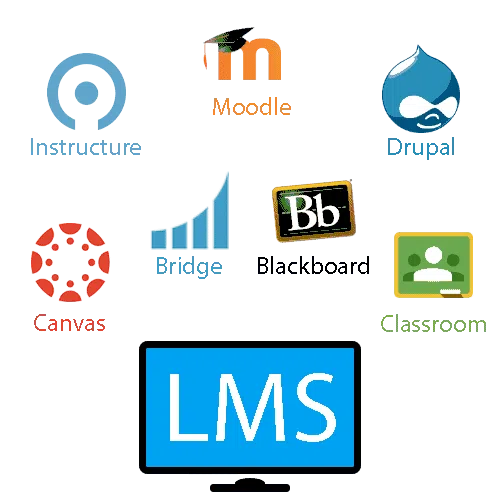
Moodle is an open-source learning management system (LMS) that is used by schools and universities all over the world.
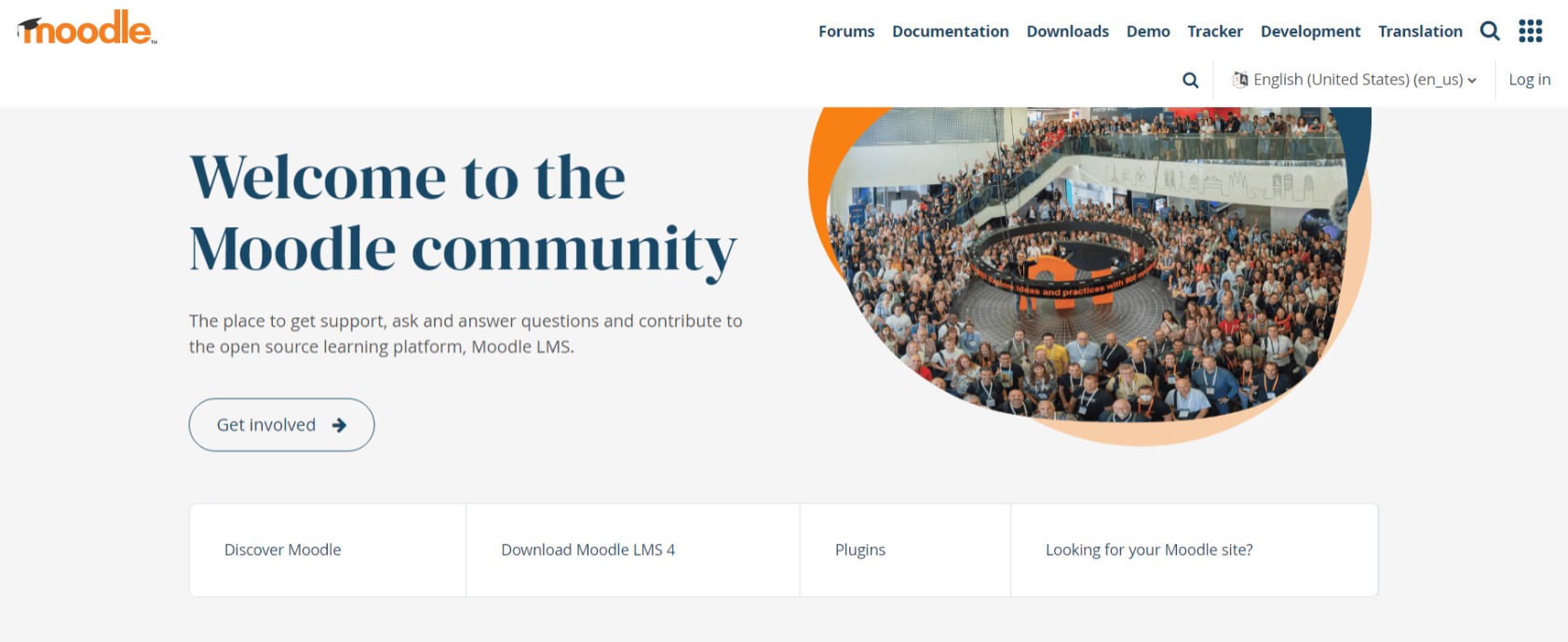
It is very versatile and can be used for a variety of purposes, including creating online courses, managing student progress, and delivering assessments.
It provides a range of features such as course creation, content management, assessment tools, and communication channels. With its active community and extensive plugin library, Moodle caters to the diverse needs of educational institutions and businesses.
As an avid learner, I appreciate Moodle’s adaptability and the ability to personalize the learning experience.
Moodle also fosters collaboration among learners through its social learning features, such as wikis and peer assessments.
Blackboard Learn is a popular LMS that is used by many schools and universities. It is known for its user-friendly interface and robust features.
Blackboard Learn has a wide range of features that can be used to create and deliver online courses, track student progress, and manage assessments.
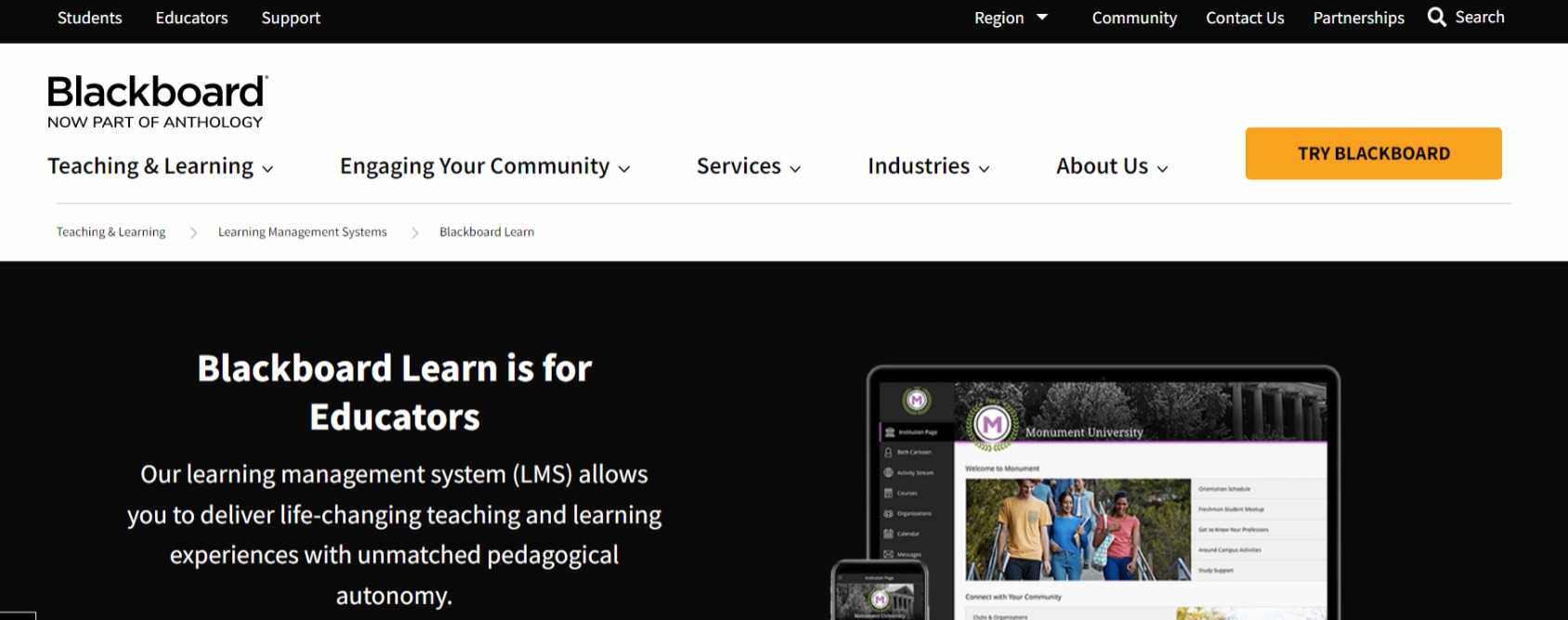
Blackboard’s user-friendly interface and mobile compatibility make it a popular choice among educators and learners.
Having used Blackboard myself, I can attest to its effectiveness in facilitating interactive and engaging online courses.
Blackboard’s extensive integrations make it a popular choice for universities, colleges, and K-12 schools seeking an all-in-one solution for their online learning needs.
Furthermore, Blackboard integrates with other educational technologies and supports various learning formats, including blended and fully online courses.
iSpring Learn is a cloud-based LMS designed to help SMBs and large enterprises create and deliver corporate training programs.
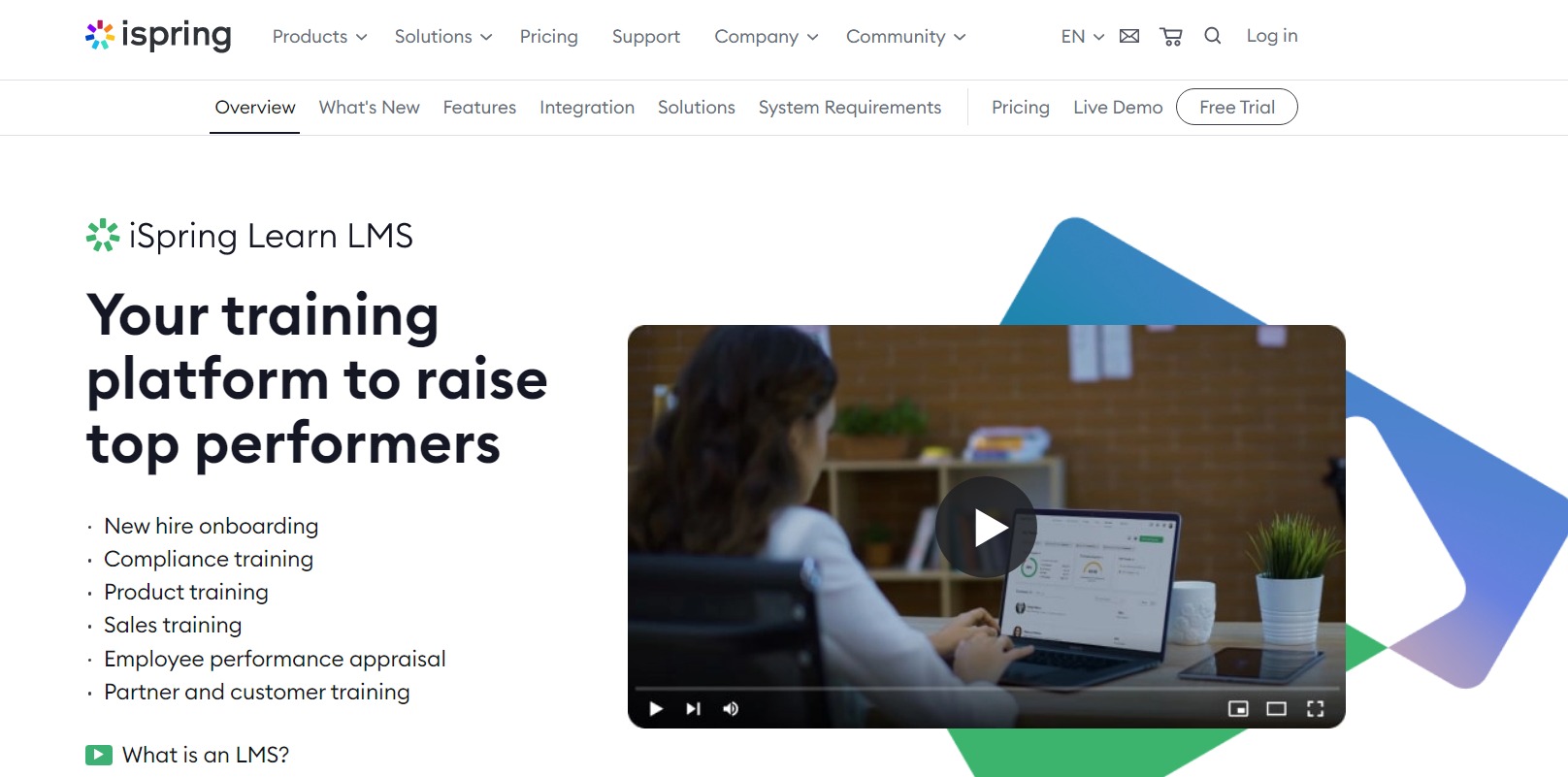
The platform offers in-depth learning analytics and unique features that go beyond traditional LMS functionality, including 360-degree reviews, an interactive organizational chart, and a corporate news feed.
Canvas is another popular LMS that is used by many schools and universities. It is known for its user-friendly interface and robust features.
Canvas has a wide range of features that can be used to create and deliver online courses, track student progress, and manage assessments.
Canvas focuses on providing an engaging learning experience through features like multimedia content integration, peer review assignments, and discussion boards.
It also supports personalized learning paths, allowing instructors to tailor content and assessments to individual students’ needs.
Canvas is highly customizable and allows for seamless integration with external tools and services, providing a flexible and scalable solution for educational institutions.
D2L Brightspace is an LMS that is used by many schools and universities. It is known for its user-friendly interface and robust features.
D2L Brightspace has a wide range of features that can be used to create and deliver online courses, track student progress, and manage assessments.
D2L Brightspace promotes collaboration and engagement through its communication tools. Students can participate in discussions, collaborate on group projects, and interact with instructors and peers in real-time.
The platform also supports interactive learning activities, such as virtual classrooms and multimedia presentations, to enhance student engagement and comprehension.
Moreover, D2L Brightspace offers robust analytics and reporting features, allowing instructors to track student progress, identify areas for improvement, and provide personalized feedback.
6. Schoology
Schoology is an LMS that is used by many schools and universities.
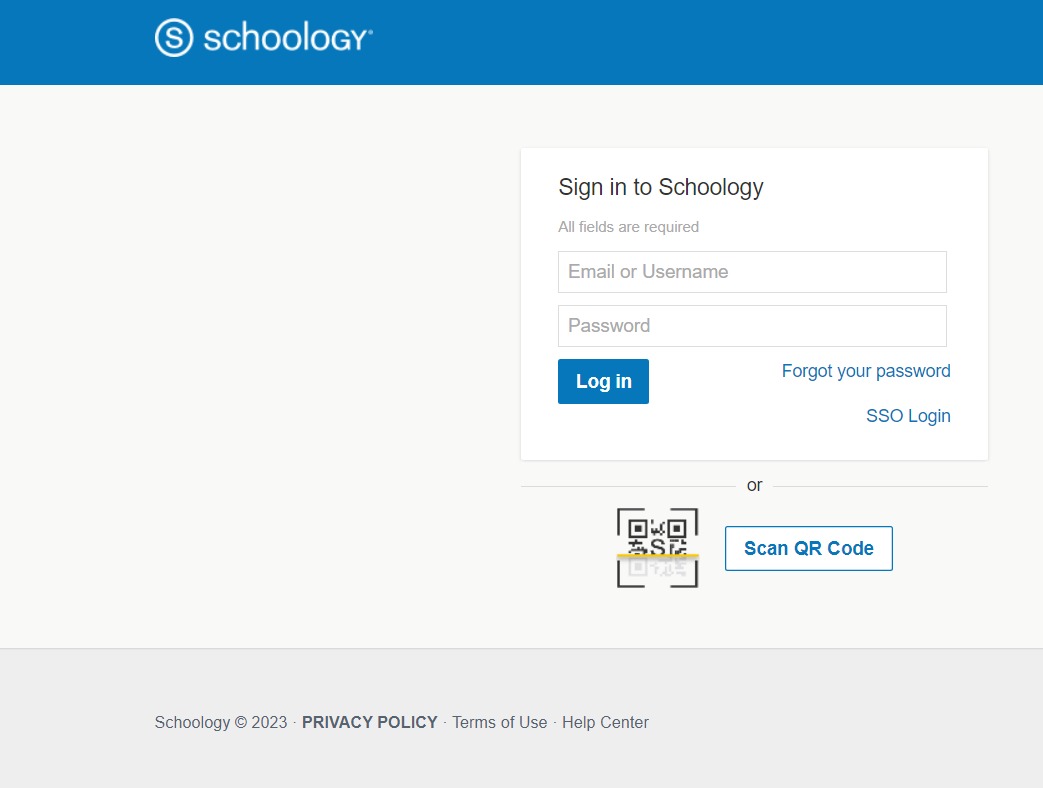
Schoology is an LMS that focuses on K-12 education, providing a comprehensive platform for course management and collaboration. It offers features such as course creation, assignment tracking, assessments, discussions, and a gradebook.
Schoology promotes engagement and interaction among students through tools like online discussions, multimedia assignments, and integrated social media feeds.
It also facilitates communication between teachers, students, and parents through its messaging system and notifications. Schoology’s user-friendly interface and intuitive navigation make it a popular choice for K-12 schools seeking a user-friendly LMS.
Sakai is an open-source LMS that is used by many schools and universities. It is known for its user-friendly interface and robust features.
Sakai has a wide range of features that can be used to create and deliver online courses, track student progress, and manage assessments.
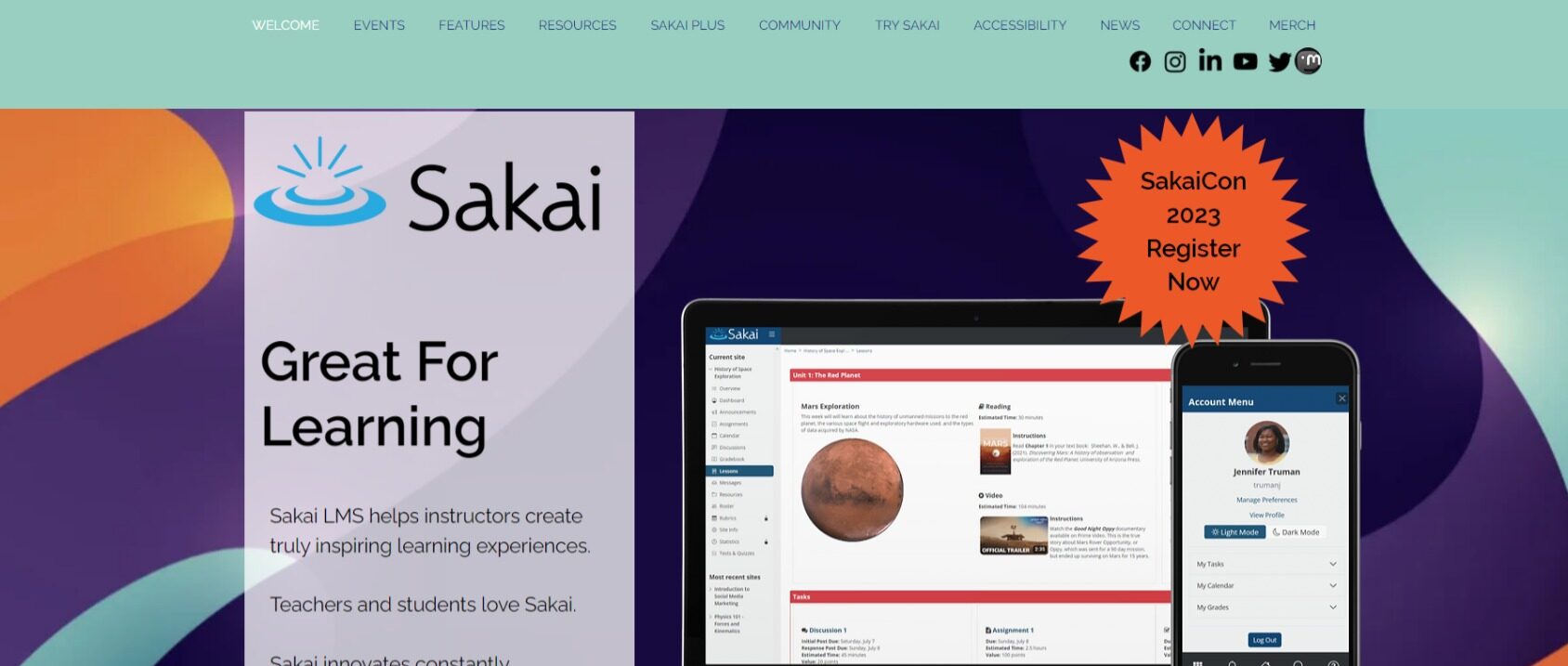
Collaboration is a key aspect of Sakai, with features like discussion forums, chat rooms, and wikis that foster interaction and knowledge sharing among students and instructors.
It also supports group work, allowing students to collaborate on projects and share resources seamlessly
Another notable feature of Sakai is its customizable nature. Institutions can tailor the LMS to their specific needs by integrating external tools and extensions, providing a personalized and enriched learning experience for students and educators.
Google Classroom is an LMS that is used by many schools and universities. It is known for its user-friendly interface and robust features.
Google Classroom has a wide range of features that can be used to create and deliver online courses, track student progress, and manage assessments.
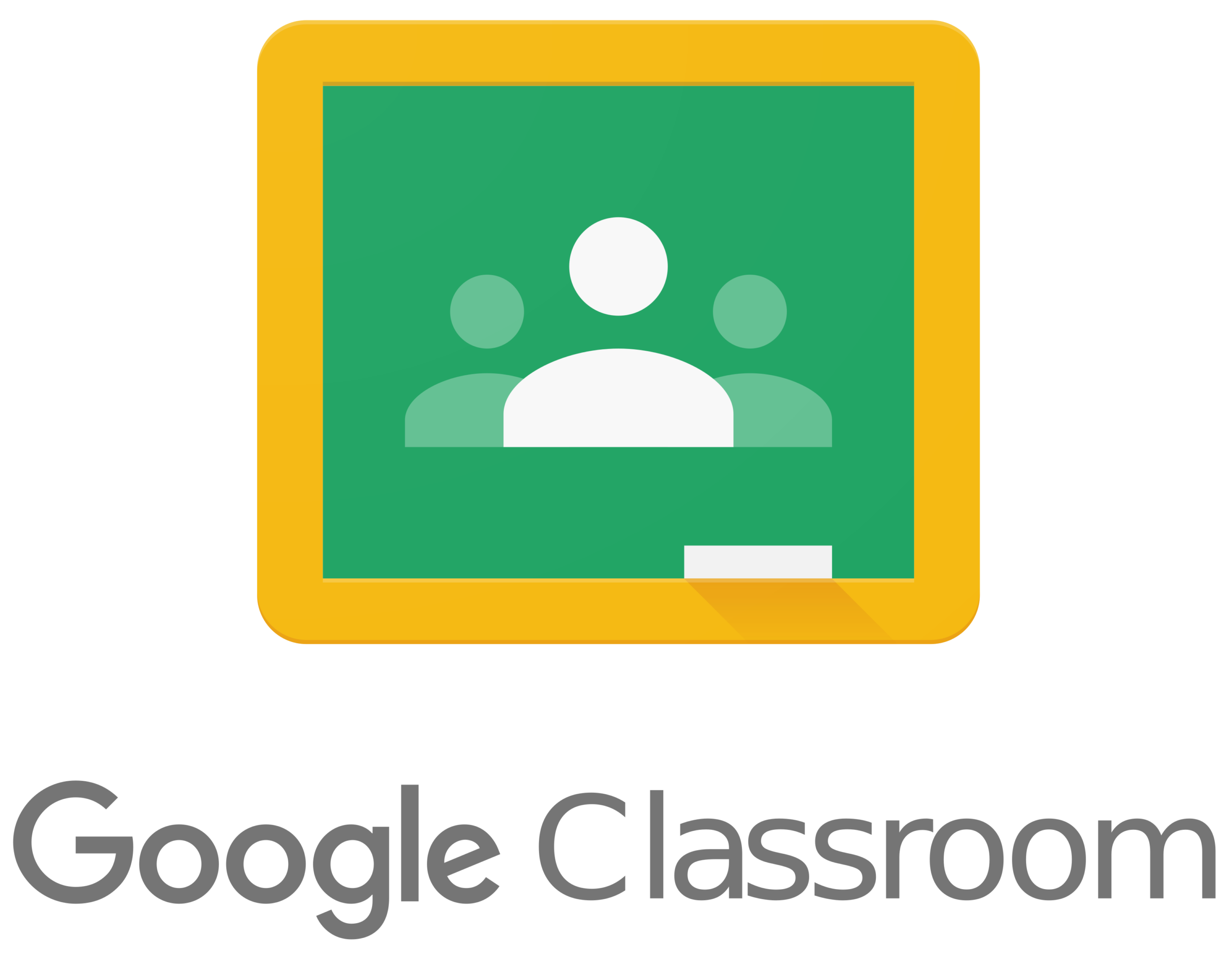
These are just some of the most popular LMSs that are used by schools and universities.
Each has its own unique features and benefits that make it a good choice for certain purposes.
Built on the Google Workspace for Education platform, Google Classroom simplifies the process of creating, distributing, and grading assignments.
It enables teachers to share resources, communicate with students, and provide timely feedback.
Choose the one that best meets your needs and start using it to create and deliver online courses!
Adobe Connect is an LMS that is used by many schools and universities. It is known for its user-friendly interface and robust features.
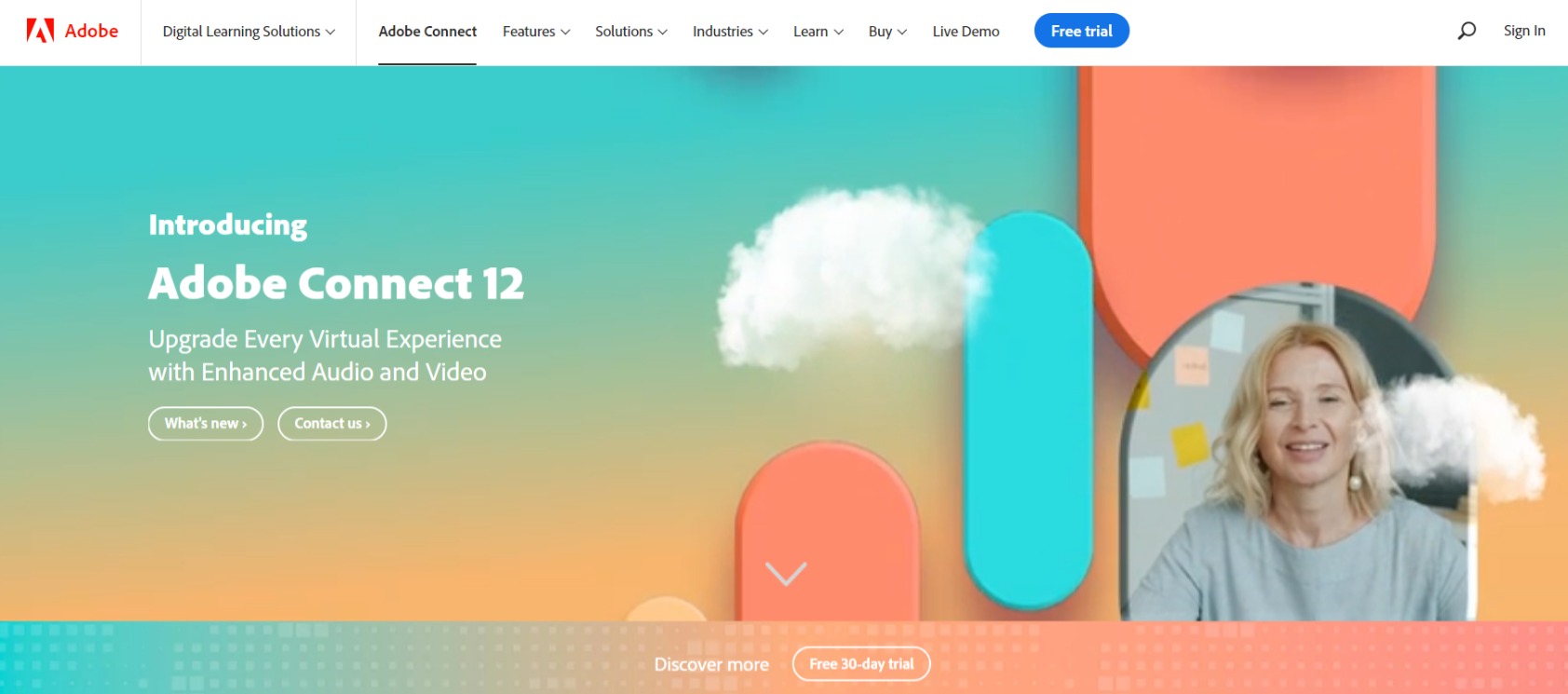
Adobe Connect has a wide range of features that can be used to create and deliver online courses, track student progress, and manage assessments.
With Adobe Connect, participants can engage in audio and video conferencing, share documents, screens, and multimedia content, and interact through chat, polls, and Q&A sessions.
One of the key strengths of Adobe Connect is its versatility and flexibility.
It supports various types of meetings and events, from small team collaborations to large-scale webinars with hundreds or even thousands of participants.
Adobe Connect also offers robust collaboration features, enabling participants to work together on shared documents, brainstorm ideas, and contribute to discussions in real-time.
10. Learning Management Systems (LMS)
LMS is an educational software that helps the teachers and professors to create, deliver, and manage the courses and track the student’s progress. There are many different types of LMS available, each with its own set of features and capabilities.
LMS provide a centralized platform where educators or trainers can create, manage, and deliver online courses, and learners can access course materials, complete assignments, and track their progress.
The most popular LMS include Moodle, Blackboard Learn, Canvas, D2L Brightspace, Schoology, Sakai, Edmodo, and Google Classroom.
Each of these LMS has its own strengths and weaknesses, so it is important to choose the right one for your needs.
In wrapping up this exploration, it’s fascinating to witness the diverse array of Learning Management Systems (LMS) presented by these 10 examples.
Each LMS brings a unique flavor to the table, tailored to address a wide spectrum of educational needs.
As we consider our options, let’s reflect on how each platform resonates with our individual or organizational aspirations.
The journey of selecting the perfect LMS involves not just analyzing features, but also embracing the potential for growth, both for learners and organizations.












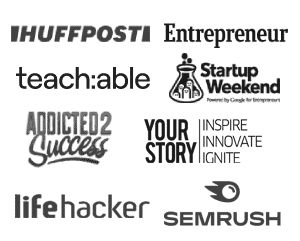
Hey Sonam, great post! Noticed Continu didn’t make the list. We’re a highly-rated learning platform on G2 with some big-name customers. Let me know if you can check us out and get added to this list. Appreciate it!